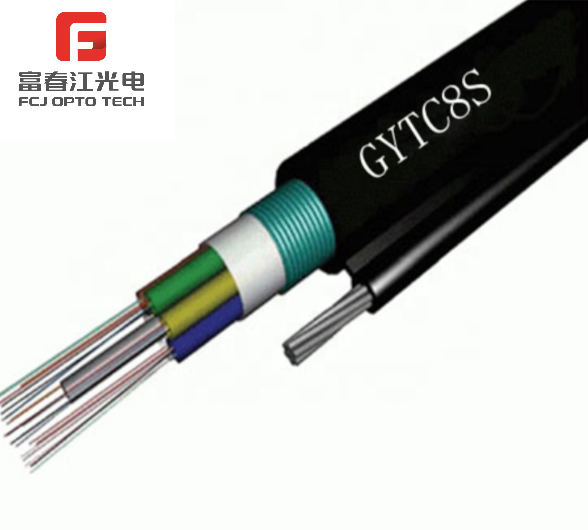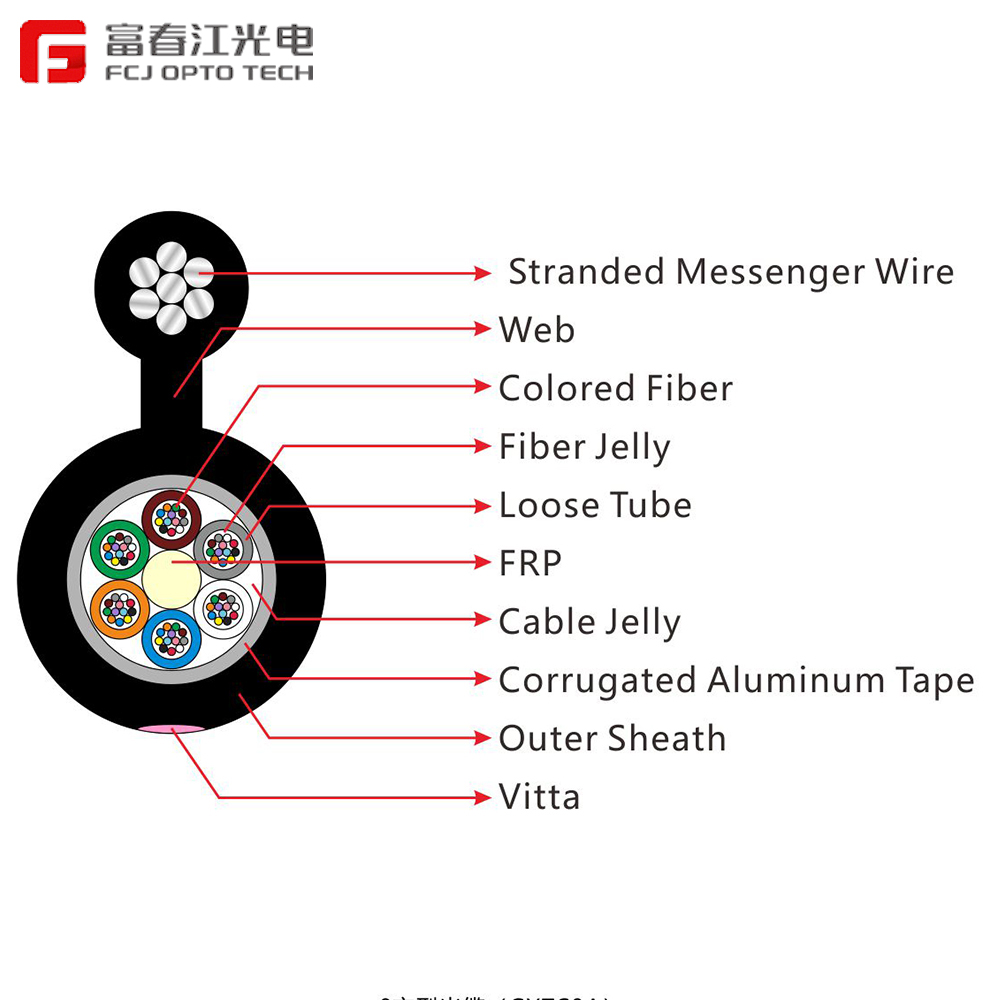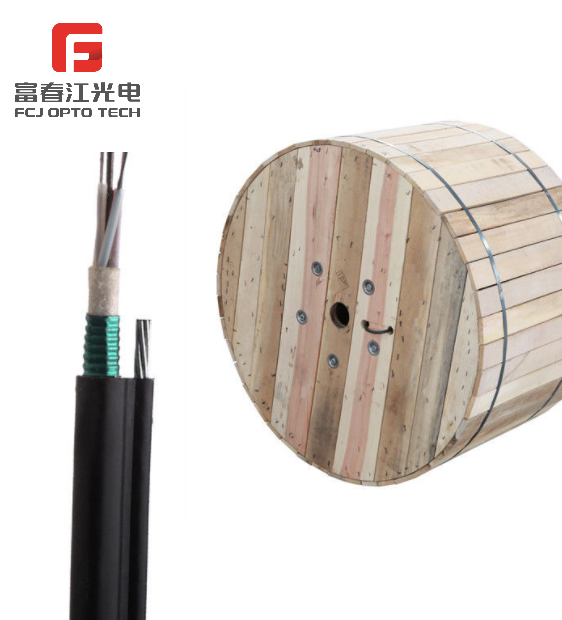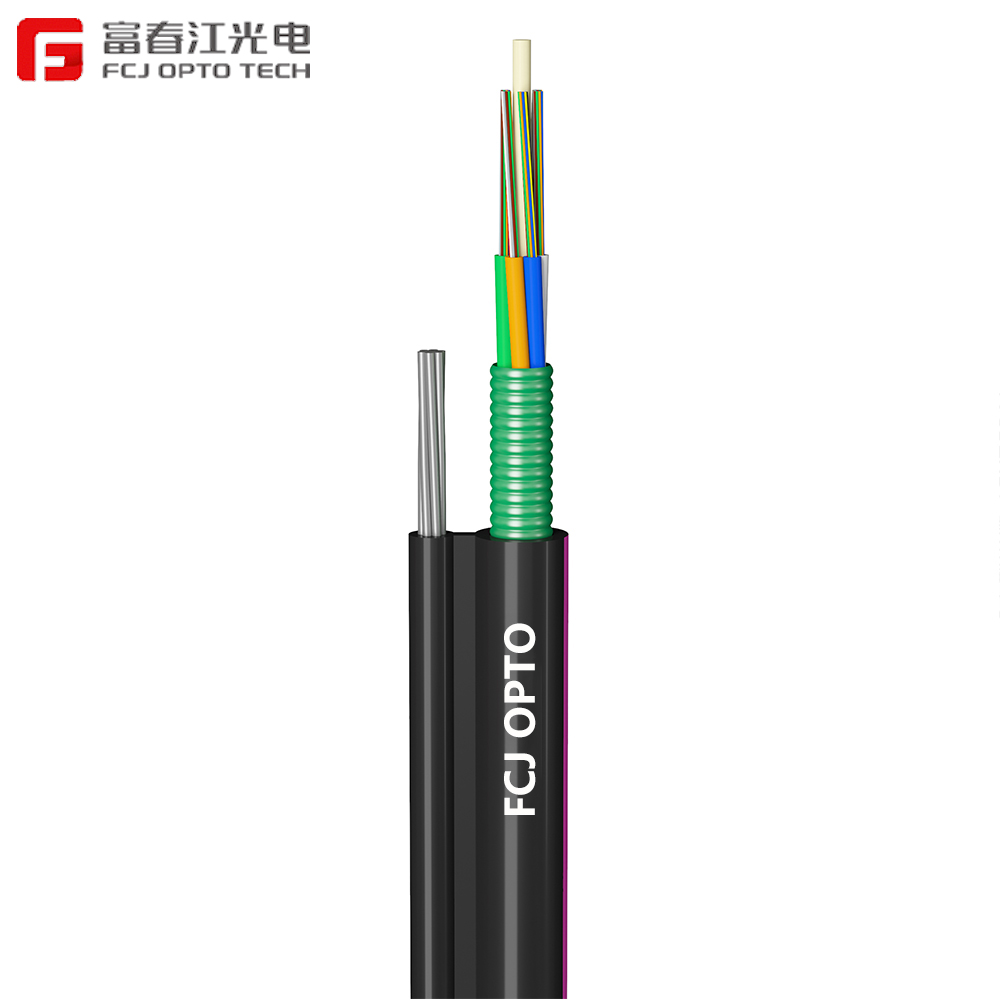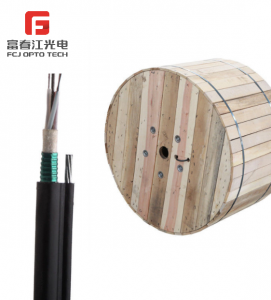Manufacturer's 1X16 Splitter for Optic Networks
Product Main Parameters
| Parameter | Value |
|---|---|
| Splitter Type | PLC |
| Input | 1 fiber |
| Outputs | 16 fibers |
| Material | Glass/Fused Silica |
| Insertion Loss | <10 dB |
Common Product Specifications
| Specification | Details |
|---|---|
| Operating Wavelength | 1260nm-1650nm |
| Return Loss | >55 dB |
| SPL Ratios | 1:16 |
Product Manufacturing Process
The manufacturing process of 1X16 Splitters involves precise semiconductor technology, ensuring high reliability and precision. The process includes creating a planar lightwave circuit (PLC) on a silica substrate, which is carefully etched to create the desired waveguide paths. These paths guide the optical signal smoothly, minimizing losses. An authoritative study on PLC splitter technology highlights the material stability and precise control of optical signals, making them superior in terms of uniformity and performance compared to older technologies like FBT. With the increasing demand for high-speed data transmission, these splitters are quintessential in modern telecom networks, providing robustness and efficiency in signal division.
Product Application Scenarios
The application of 1X16 Splitters is widespread in the telecommunications industry, particularly in Passive Optical Networks (PON) such as GPON and EPON. These splitters play a critical role in FTTH (Fiber to the Home) setups where a single optical signal needs to reach multiple endpoints efficiently. An authoritative report on PON systems underscores the importance of PLC splitters in maintaining signal integrity and distribution uniformity across vast network infrastructures. Moreover, these devices are pivotal in ensuring cost-effective scalability, catering to the increasing bandwidth demands without substantial infrastructural overhauls.
Product After-Sales Service
- 24/7 technical support
- Replacement warranty for manufacturing defects
- Installation guidance and troubleshooting
Product Transportation
- Secure packaging to prevent damage
- Tracked shipping for transparency
- Global delivery options available
Product Advantages
- High reliability due to advanced manufacturing techniques.
- Cost-effective solution for large-scale networks.
- Passive operation reduces maintenance needs.
- Scalable to accommodate growing network demands.
Product FAQ
- What is a 1X16 Splitter?
A 1X16 Splitter is a passive optical device used to divide one input optical signal into 16 output signals, facilitating efficient distribution in optical networks. - Who is the manufacturer?
FCJ OPTO TECH, a reputable manufacturer with over 30 years of experience, produces high-quality 1X16 Splitters for telecom industries worldwide. - Why choose a PLC Splitter over FBT?
PLC Splitters offer superior performance and reliability due to their advanced manufacturing process, making them ideal for modern network demands. - What are the material benefits of PLC Splitters?
Made from glass or fused silica, they provide excellent thermal stability and low insertion loss. - Where are 1X16 Splitters commonly used?
They are integral in FTTH networks, distributing optical signals from a central office to residences and businesses efficiently. - How does the manufacturer ensure quality?
The manufacturer adheres to rigorous quality control measures and international standards in the production of 1X16 Splitters. - Are there any maintenance requirements?
Being passive components, 1X16 Splitters require minimal maintenance, reducing operational costs significantly. - What makes the manufacturer's splitters reliable?
With a robust manufacturing process and over three decades of expertise, the manufacturer ensures high-quality, durable splitters. - How does the product accommodate network expansion?
The splitters support scalability, allowing networks to add more splitters and endpoints without major changes. - What after-sales support is available?
Comprehensive after-sales services include technical support and a replacement warranty for any defects.
Product Hot Topics
- Network Scalability with 1X16 Splitters
Modern network demands require solutions that can easily adapt to growth, and 1X16 Splitters provide a scalable approach to optical signal distribution. By enabling efficient division of signals, these splitters allow networks to expand seamlessly, accommodating more users and higher data loads without extensive infrastructure changes. As the demand for connectivity increases, leveraging the capabilities of 1X16 Splitters ensures networks remain robust and reliable, fulfilling both current and future bandwidth requirements. - Cost-Effectiveness in Fiber Optic Deployments
One of the key advantages of using 1X16 Splitters in fiber optic networks is their cost-effectiveness. By minimizing the number of required active devices and reducing the need for additional fiber runs, these splitters lower the overall cost of network deployment and operation. Particularly in large-scale deployments like FTTH, the economic benefits of using splitters are substantial, enabling service providers to deliver high-speed connectivity to more users while maintaining profitability. - Ensuring Signal Integrity with PLC Splitters
PLC Splitters are designed to ensure high signal integrity, a critical requirement in today's high-speed communication networks. The precision in their design and materials allows for minimal signal loss, ensuring that each endpoint receives a strong and reliable signal. This integrity is crucial in applications where data transmission quality cannot be compromised, such as in telecommunications and data centers. - The Role of 1X16 Splitters in FTTH Networks
In FTTH networks, 1X16 Splitters play a crucial role in distributing optical signals from a central point to multiple homes or businesses. They enable service providers to efficiently manage bandwidth and deliver reliable, high-speed internet services directly to end users. As more communities transition to fiber-based infrastructure, the use of splitters is essential for achieving widespread, efficient connectivity. Innovations in Optical Splitter Technology
Innovations in optical splitter technology by manufacturers like FCJ OPTO TECH have set new standards in network efficiency and reliability. By continuously refining the manufacturing process and materials used, these companies deliver splitters that not only meet but exceed industry expectations, providing exceptional performance and durability for high-speed networks globally.- Addressing Bandwidth Challenges with Splitters
As the demand for bandwidth continues to grow, network providers face the challenge of expanding capacity without excessive costs. 1X16 Splitters provide a solution by enabling the division of optical signals to multiple endpoints, effectively distributing bandwidth where needed without compromising on performance. - The Environmental Impact of Passive Devices
The use of passive devices like 1X16 Splitters in optical networks contributes to a greener, more sustainable infrastructure. By reducing energy consumption and minimizing maintenance, these devices play a role in lowering the environmental footprint of modern communication networks. - Technological Advances in Splitter Manufacturing
Ongoing technological advances in splitter manufacturing ensure that devices remain at the forefront of performance and reliability. Improvements in semiconductor technology and material sciences continue to enhance the capabilities and applications of optical splitters in various network scenarios. - Challenges in High-Speed Data Transmission
1X16 Splitters help overcome challenges associated with high-speed data transmission by ensuring minimal signal loss and maintaining the integrity of data across multiple endpoints. Their role in reliable and efficient data distribution is essential for the success of modern communication networks. - Future Trends in Optical Network Components
Looking forward, the continued development of optical network components like 1X16 Splitters will focus on increasing efficiency, reducing costs, and supporting next-generation communication technologies. As networks evolve, these components will be pivotal in shaping the future of digital connectivity.
Image Description
